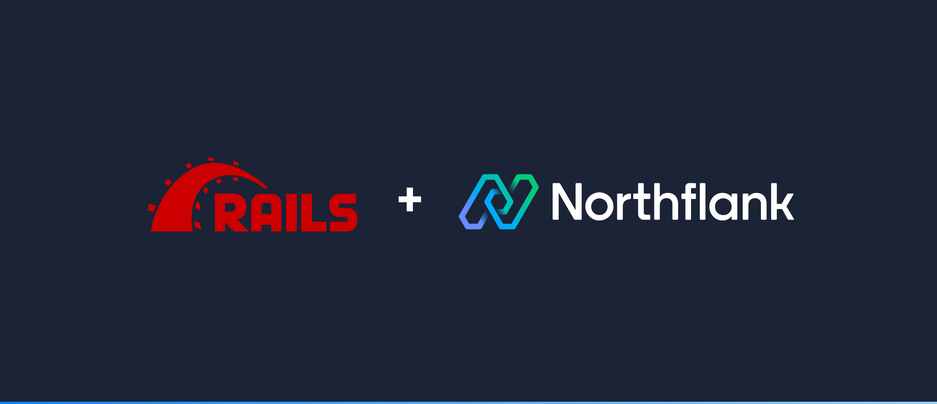

Ruby on Rails, or Rails, is an open-source server-side web application framework written in Ruby under the MIT License. Ruby on Rails allows you to quickly build powerful and robust web applications. Rails is a model–view–controller framework, providing default structures for a database, a web service, and web pages.
This guide will show you how to deploy a Rails application on Northflank.
As source of your deployment, you have two options: either use a Rails project you have created and have in version control or the template we provide.
-
Connect your Git provider to your Northflank account. You can find more details on how to do so here.
-
Once your Git provider is connected, create a new combined service. Under Repository, you will see a list of your repositories from which you can choose your Ruby on Rails project repo. Select the branch you would like to deploy initially, this can always be changed later.
-
A combined service handles build and deployment of your code.
-
-
Under Build Options, if you have a Dockerfile configured for your project you can choose Dockerfile or if this is not the case, you can choose Buildpack.
-
Access the deployment via the unique
code.runservice URL or finish up by linking a custom domain.
This deployment method will use the public repository we have created as a template of Ruby on Rails and is the fastest way to get a Rails project bootstrapped and deployed.
-
Create a new service and select the option to
pick from one of our existing templates. Select the Ruby on Rails template. -
Once the template is selected, you can choose a service name and select the VCS where a new repository will be created with the template.
-
Access the deployment via the unique
code.runservice URL or finish up by linking a custom domain. You will see the Ruby on Rails welcome page and the application is ready for you to build great things on top of it!
Northflank allows you to deploy your code and databases within minutes. Sign up for a Northflank account and create a free project to get started.
- Connect with your preferred VCS: GitHub, GitLab or Bitbucket
- Manage build arguments and environment variables using secret groups
- Scale vertically and horizontally with multiple replicas per service
- Observe & monitor with real-time metrics & logs
- Create pipelines and release workflow as you grow